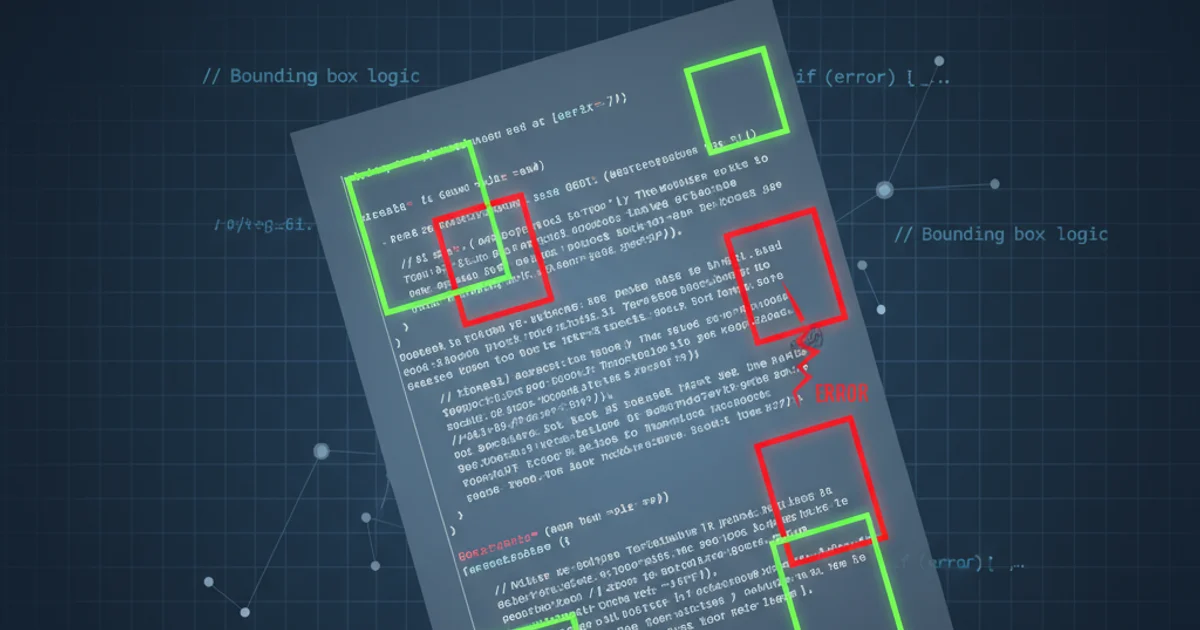Rename directory in linux system
Categories:
How to Rename Directories in Linux: A Comprehensive Guide

Learn the essential commands and best practices for renaming directories in Linux, covering basic usage, handling special characters, and understanding permissions.
Renaming directories is a common task in Linux system administration and everyday usage. Whether you're organizing files, correcting typos, or preparing for a new project, knowing the correct commands and their nuances is crucial. This article will guide you through the primary methods for renaming directories, explain important considerations, and provide practical examples.
The mv Command: Your Primary Tool
In Linux, the mv (move) command is not just for moving files and directories; it's also the standard utility for renaming them. When you use mv to move a directory to a new name within the same parent directory, it effectively renames it. The basic syntax is straightforward.
mv [old_directory_name] [new_directory_name]
Basic syntax for renaming a directory using mv
Let's illustrate this with an example. Suppose you have a directory named project_alpha and you want to rename it to project_beta.
ls -l
mv project_alpha project_beta
ls -l
Renaming project_alpha to project_beta
After executing these commands, project_alpha will no longer exist, and project_beta will be in its place, containing all the original contents. The mv command is efficient because it doesn't copy the directory's contents; it merely updates the directory entry in the filesystem.
mv to move a directory to a new location and rename it simultaneously. For example, mv old_dir /path/to/new_location/new_dir_name.Handling Special Characters and Permissions
When renaming directories, you might encounter names with spaces or other special characters. It's essential to handle these correctly to avoid errors. Additionally, ensure you have the necessary permissions to perform the rename operation.
Directories with Spaces or Special Characters
If a directory name contains spaces, you must enclose it in single or double quotes, or escape the spaces with a backslash (\).
mkdir "my old directory"
mv "my old directory" "my new directory with spaces"
# Alternatively, using backslashes:
mkdir my\ another\ directory
mv my\ another\ directory my\ final\ directory
Renaming directories with spaces
Other special characters (like !, @, #, $, &, *, (, )) should also be quoted or escaped. It's generally good practice to avoid special characters in directory names to prevent potential issues with scripts or other applications.
*, ?) with mv, especially if you're not entirely sure what files or directories they might match. Always test with ls first.Permissions
To rename a directory, you typically need write permissions in the parent directory where the directory resides. If you don't have the necessary permissions, the mv command will fail with a 'Permission denied' error. In such cases, you might need to use sudo or contact your system administrator.
sudo mv /var/www/old_site /var/www/new_site
Using sudo to rename a directory with elevated privileges
Understanding the Renaming Process
The mv command's operation for renaming is a low-level filesystem operation. It doesn't actually move data blocks on the disk if the source and destination are on the same filesystem. Instead, it updates the directory entries. This makes renaming an extremely fast operation, regardless of the directory's size.
flowchart TD
A[User executes `mv old_dir new_dir`]
B{Are old_dir and new_dir on the same filesystem?}
B -- Yes --> C[Update parent directory entry for old_dir to new_dir]
C --> D[Operation Complete (Fast)]
B -- No --> E[Copy contents of old_dir to new_dir on target filesystem]
E --> F[Delete old_dir and its contents]
F --> DFlowchart of the mv command's directory renaming process
As shown in the diagram, the process is significantly faster when renaming within the same filesystem because it avoids data transfer. When moving across different filesystems, mv performs a copy-and-delete operation, which can take longer depending on the directory's size.
Practical Steps for Renaming a Directory
Here's a step-by-step guide to safely rename a directory in Linux.
1. Step 1: Verify Current Directory Name
Before renaming, confirm the exact name of the directory you wish to change. Use ls or ls -l in the parent directory.
2. Step 2: Check Permissions
Ensure you have write permissions in the parent directory. You can check this with ls -ld . in the parent directory. If not, you may need sudo.
3. Step 3: Execute the mv Command
Use mv old_directory_name new_directory_name. Remember to quote names with spaces or special characters.
4. Step 4: Verify the Rename
After the command, use ls again to confirm that the old directory name is gone and the new one is present.